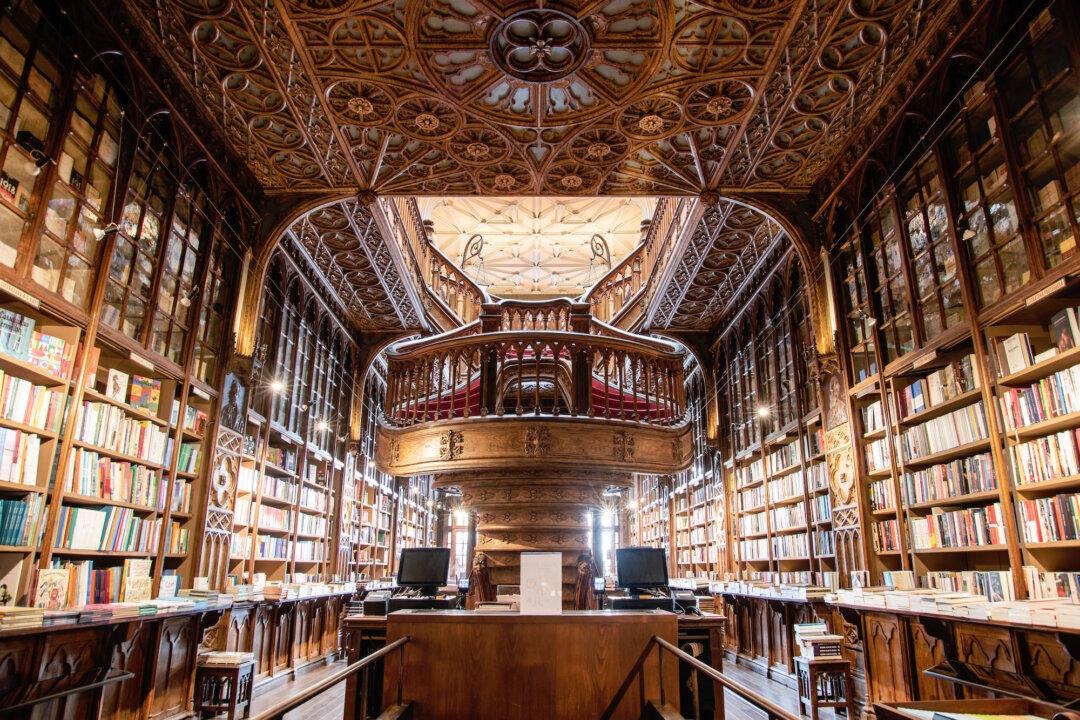A historic city center, colorful buildings with red-tiled roofs, phenomenal foods with a namesake, world-famous wine, and a beautiful river running through it—this is Porto, Portugal’s second city after Lisbon, and a real gem of a travel destination.
An Enduring City
Back in the days of the Roman Empire, a settlement flourished along the south bank of the Douro River: Portus Cale. As the Empire crumbled, others arrived and settled on the northern side of the river. Over the centuries, the town has changed hands among the Alani, Visigoths, Moors, and Christians.Porto itself is small, but the greater Porto municipality spreads up and down both sides of the river from the Douro Valley to the east out to the Atlantic Ocean two miles to the west.





